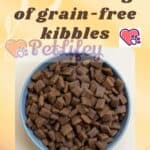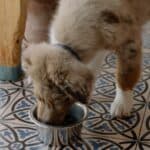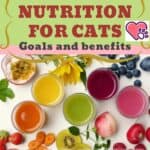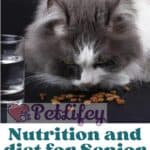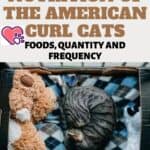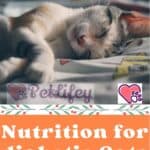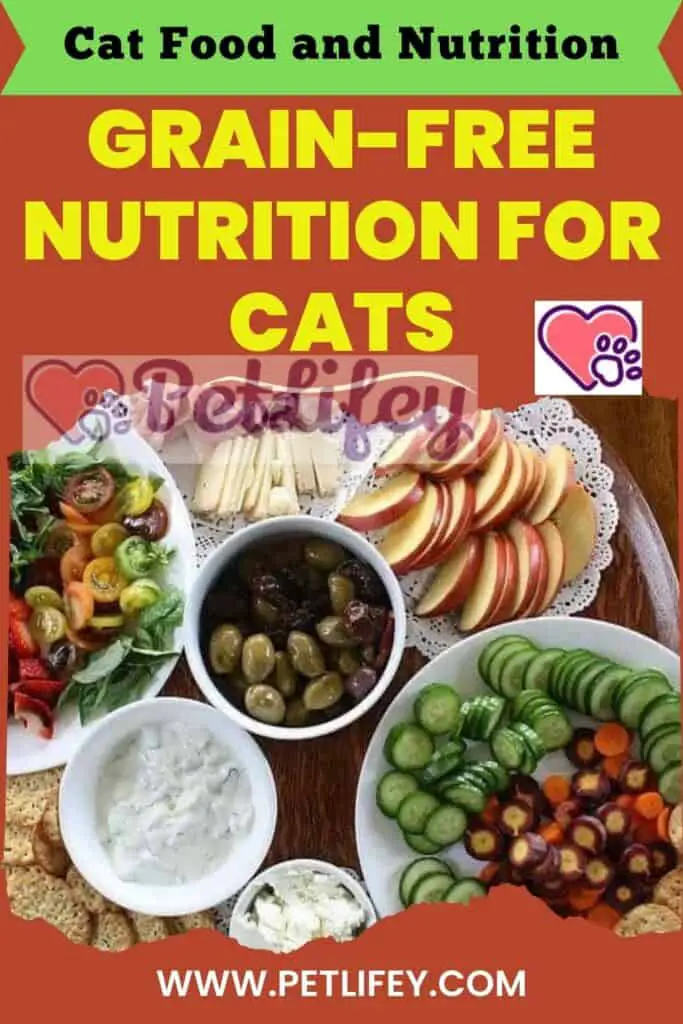
Anyone who is attentive to the cat diet will have heard of Grain Free: let’s find out what the grain-free diet is for cats.
Maybe a trend, maybe not, but surely in all cat shops we find food packages that say “Grain Free”, a term used to specify that that food product does not contain cereals.
Why this need to eliminate grains from the cat’s diet? Why do feline lovers prefer grain-free foods?
Surely the main reason is that the focus on the cat’s diet has become much higher, and the owners of our feline friends have become more aware that grains are not necessary in their healthy and balanced diet.
Let’s find out why the cat’s organism does not need these foods, what is the grain-free diet for the cat and what to pay attention to when choosing them.
Grain-free nutrition for cats: what to know
We all know that by nature the cat is a convinced carnivore, and that if he had the possibility to get food himself (for the domestic one) he would certainly eat mice: because they satisfy his energy needs.
This, let’s call it, “cat food preference in the wild” has prompted specialized nutritionists and cat food companies to “approach and produce” foods that are as “natural” as possible.
Don’t worry, no one will tell you to make a cat eat mice, just as you will not find industrial food with this meat, but certainly the foods that we find today in all cat shops focus more attention on what his body really needs, following what was its original diet.
Therefore, following this trail, it is possible to state that the healthy and balanced diet for cats includes 70% of meat, for the countless proteins and other important nutrients, such as taurine, and 30% of vegetables and fruit, to provide them with vitamins, carbohydrates and fiber.
What do you think is missing? Cereals are not mentioned in the list. You may be wondering why, simple answer:
- corn, rye, oats, wheat, barley (and many others) are difficult for cats to digest;
- and moreover, it is not able to assimilate the quantities of complex carbohydrates contained within them, since its grastrointestinal tract is very short.
If the cat were to ingest too many cereals it would risk fatigue of his organism: obesity and other ailments could manifest. Furthermore, cereals must be completely eliminated from his diet in case of:
- gastrointestinal disorders, such as diarrhea or constipation;
- if the cat suffers from food allergies or intolerances, this in order not to further worsen the situation.
However, if ingested in small doses and if well processed they do not cause any problems to the cat, at most they can be an additional energy source, of course only if the cat leads a balanced diet that satisfies all its nutritional needs.
However, returning to his original diet there is no mention of the intake of cereals, this means that his body is not really in need, so including them in his diet is useless.
That is why manufacturers of cat food, following this “natural trail”, prefer to produce more and more grain-free foods, which have become almost valuable.
Grain-free food for cats: characteristics
But specifically, what do these foods consist of? What are the characteristics of grain-free foods?
First of all, these foods do not contain cereals: corn, wheat, oats, rice, to name a few, are literally banned, guaranteeing a light and easily digestible product for the cat, composed exclusively of red or white meat, fish and with the addition of fruit and vegetables.
Although grain-free, they contain everything your cat needs, nutrients, vitamins and minerals essential for her body, necessary for:
- the cellular growth and development of bones and muscles;
- the health of the hair, claws and skin.
Previously we said that grain-free nutrition for cats is valuable, but be careful: this does not mean that only grain-free foods are of quality and that, instead, all the others are not. Just as not all the components present in every food are optimal for the cat.
In fact, paying attention to his diet also means paying close attention to what we buy for him: we avoid foods with additives and sugars, and we prefer those that use high quality meat and fish, but which are not “animal derivatives”.
We check all the nutritional values listed on the labels, and avoid buying foods that contain artificial flavors, sweeteners and chemical preservatives: all of these components, if present on the label, almost always indicate that the food is of low quality, so better to avoid.
Grain-free foods: dry and moist
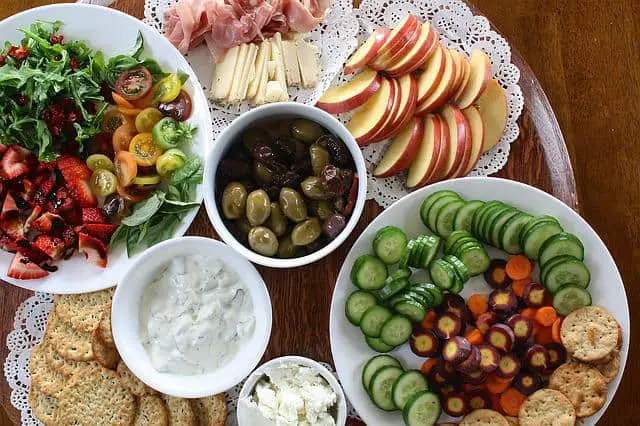
As with all foods, grain-free ones are also commercially available as both dry and wet foods.
Choosing between the two must depend on a few factors. We prefer the wet one:
- if the cat does not drink much and refuses to supplement fruit and vegetables: so as to guarantee him the necessary fluids to meet his daily requirement;
- optimal choice even in the case in which the cat suffers from kidney diseases, kidney stones or constipation. The taste? definitely a cat favorite.
Instead, we prefer the dry one if our cat likes to snack more during the day: in this way we satisfy his eating habits, giving him more easily and in small portions during the day. Food that we can leave in the cat’s bowl for longer, without problems, and that he can eat when he wants it most, unlike the wet one that goes bad quickly.
Beyond our preferences and those of the cat, the important thing is that even without cereals, the cat’s diet must satisfy not only its habits but also its specific food needs.
If you decide to switch to a grain-free diet for the cat, do it gradually and with a lot of patience, so as to get used to the cat’s palate.
Add a spoonful of this grain-free food to your cat’s bowl with a spoonful of this grain-free food, and as the days go by, increase the amounts more and more until you completely replace the previous food. In this way the cat will have got used to this new flavor, discovering its qualities and benefits.
The grain-free diet for cats is recommended not only for those cats suffering from food allergies or intolerances and digestive problems, but also for those cats whose owners want to offer them suitable and much more “natural” foods.

